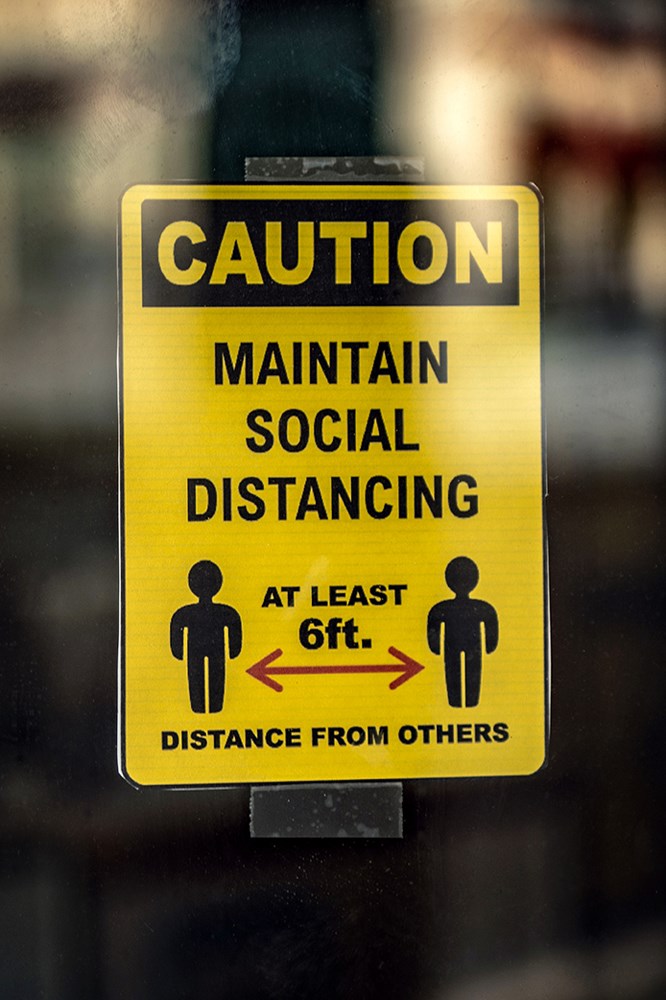When this all ends — and despite how never ending it may feel — this pandemic will eventually end — what COVID-19 adaptations do you hope we hold onto?
Should handshakes go the way of the dodo bird?
Will virtual open houses in real estate remain the norm?
And what of plexiglass around clerks to protect front line workers from our sneezes and coughs longer-term?
It is not unusual for dramatic events to usher in big social changes that in retrospect seem long overdue.
In 1982, the so-called Tylenol Murders, which saw seven people drop dead after taking Tylenol tablets that someone had laced with potassium cyanide, ushered in a new era of tamper-proof packaging that it is hard to imagine we ever did without.
In the wake of the killing spree, Johnson & Johnson developed new safeguards such as the foil seal we are so accustomed to today.
What will the pandemic cause to permanently shift in Squamish and beyond?
Marianne Bulger, CEO and co-founder of the non-profit Prospect, which is a Canadian job hub for startups told The Chief, that due to the pandemic, “we have been catapulted 10 years into the future in terms of what the future of work would look like.”
Technology has infiltrated every industry and business, she added.
Krysten Merriman, with Admin Slayer, a virtual assistant company, says that post-pandemic, remote work is likely going to be the default for most jobs.
“I think this has really been a tipping point,” she said.
“We have seen that it can absolutely work.”
Employees like the work-life balance, avoiding a commute and other perks of working from home while employers have seen that staff can be productive from home and businesses can downsize their brick and mortar space or do away with it altogether.
Before the pandemic, Stats Can data showed that roughly 1,330 people in Squamish reported working at home.
That number has surely increased.
But, going forward, do we need all those video calls each day?
“We are not really primed socially to be making eye contact for an hour straight four times a day, so it can get emotionally draining,” Merriman acknowledged.
Those and other new social norms are evolving and will continue to.
Of course, the remote worker scenario doesn’t work for everyone. It assumes the luxury of space to work in houses and condos that were not necessarily built for that.
We also need to think of how to make home offices as ergonomic as we would an office space if this is going to be our new reality.
How too do you keep innovating when people are collaborating less in person?
There are currently more questions than answers, but one day we are likely going to look back and wonder that these changes weren’t more obvious to us before the pandemic.
What COVID-19 adaptations to work would you like to see stay or go?
Let us know by writing a letter to the editor at [email protected].



